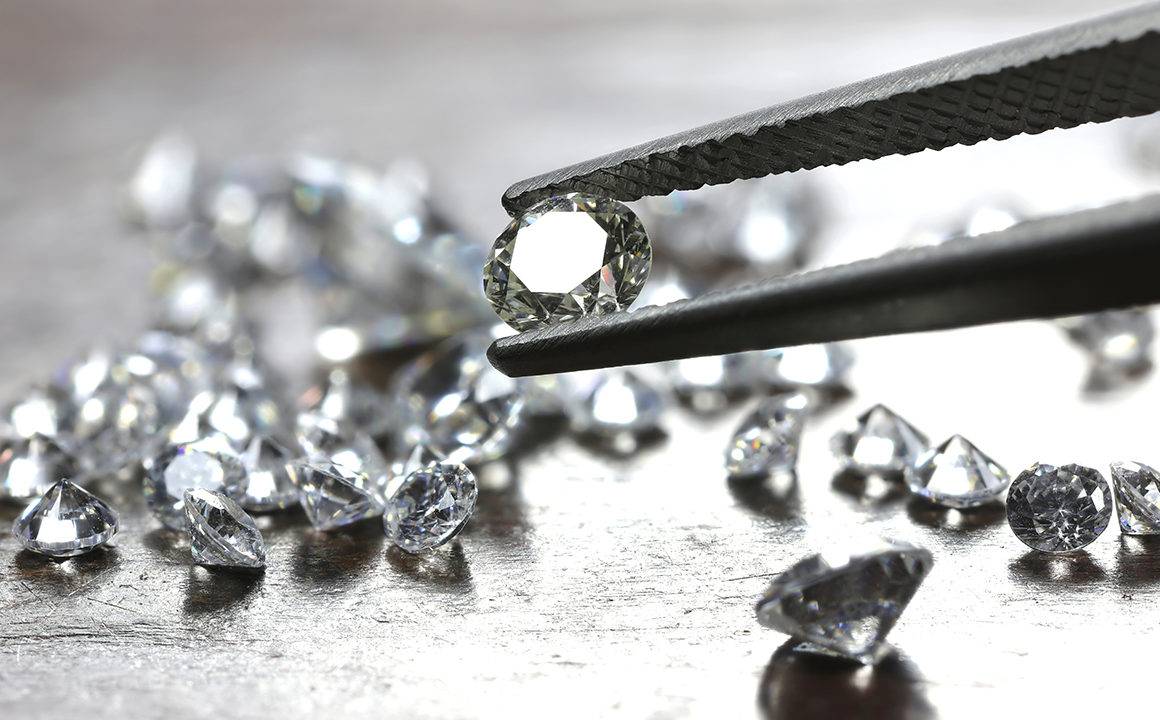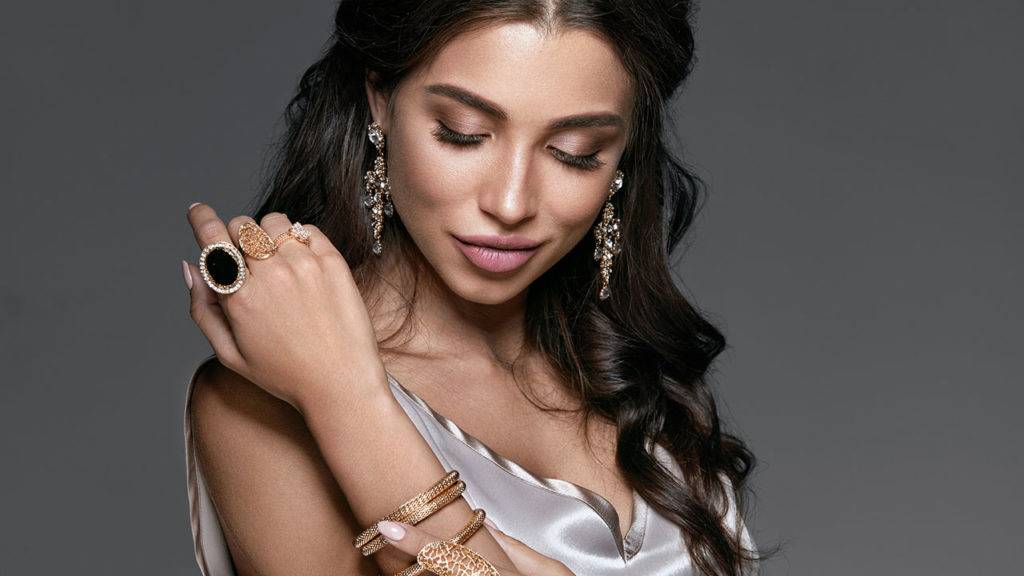How to Buy a Diamond

If you’ve ever shopped for a diamond, you’ll know that choosing the perfect one for you can be a little tricky. Diamonds come in so many different shapes, sizes, and qualities. It can be hard to narrow down your options and find your perfect match. But to help you find your ideal diamond, in this post, we’re breaking down how to buy a diamond. We’ll cover everything you need to know about diamond shapes and the Four Cs when selecting a diamond.

When you shop for a diamond, you may want to select your desired diamond shape first. A diamond’s shape has the single biggest impact on the style of your diamond, so it’s good to select that before looking at the finer details of a diamond, such as its quality.
Diamond shape is just what it sounds like: the shape a diamond has been cut into. The most popular diamond shape is round, closely followed by the princess cut. Princess cut diamonds look like a square when viewed from the top, as you can see in the beautiful 1ct princess cut diamond studs pictured above. These two shapes are popular for their high brilliance (meaning, sparkle) and their chic, wearable style.
Alongside these two highly popular shapes, there are numerous fancy shaped diamonds for you to choose from. These include oval shaped, cushion cut, pear shaped, emerald, marquise, asscher cut, radiant cut, and heart shaped diamonds.
Next: Assess Diamond Quality
You’ve probably heard of the Four Cs of diamonds, which are cut, color, clarity, and carat. Examining the Four Cs of a diamond can help you understand its quality, which can affect how beautiful it is to you. Unless you have an unlimited budget, you probably won’t buy a super high carat diamond with perfect quality gradings across the board. Instead, if you’re like most people, you’ll try to strike a balance between quality and value, which means you may want to prioritize certain qualities over others.
To help you understand diamond quality gradings so you can decide what’s most important to you in a diamond, here’s a breakdown of the Four Cs.
Diamond Cut
Diamond cut is a grading of how well a diamond was cut. Generally, gemologists and jewelry experts recommend that you prioritize diamond cut when selecting a diamond. Wondering why? A diamond’s cut will have the single largest impact on how brilliant it is. If a diamond has a great cut, it will sparkle beautifully. If a diamond has a not-so-great cut, it will not capture or reflect well, making it look dull and dim.
Diamond Cut is graded on a scale of Excellent to Poor.
Diamond Cut Scale
Excellent
Very Good
Good
Fair
Poor
Experts usually recommend going with a diamond with a cut grade of Very Good or Excellent for the best light reflection.
Note: As with the other Four Cs, you can find a diamond’s cut grade listed on its grading report. When you buy a diamond, it should come with a grading report from a reputable grading lab such as the GIA. Grading reports help you learn the qualities of a diamond and also give you assurance about what you are buying.
Diamond Color
Diamond color is a measurement of how colorless a white diamond is. White diamonds can range in color, going from completely colorless to lightly yellow. The diamond color scale ranges from D to Z, with D as the most colorless.
Diamond Color Scale
D to F: Colorless
G to J: Near Colorless
K to M: Faint Color
N to R: Very Light Color
S to Z: Light Color
Colorless diamonds are the most highly prized and are, therefore, the most expensive. For the best value, jewelers often recommend going with a diamond that is within the near colorless range, which includes G, H, I, and J colored diamonds.
Diamond Clarity
Diamond clarity is a grading of how flawless a diamond is. Because diamonds form naturally in the earth’s crust over many millions of years, they can sometimes be exposed to elements that create flaws. Internal diamond flaws are called inclusions and external diamond flaws are called blemishes.
Diamond clarity is graded on a scale of Flawless to Included. Diamonds are graded on this scale based on the presence and visibility of flaws.
Diamond Clarity Scale
FL: Flawless
IF: Internally Flawless
VVS1 and VVS2: Very, Very Slightly Included
VS1 and VS2: Very Slightly Included
SI1 and SI2: Slightly Included
I1, I2, and I3: Included
When selecting diamond clarity, you may want to also consider whether or not the diamond is eye clean. Diamonds as low as SI2 on the clarity scale can sometimes have no flaws that are visible to to the naked eye. An SI2 diamond will always have flaws under magnification, yet may not always have flaws that you can see with the human eye.
Additionally, know that you may want to prioritize diamond clarity if you’re buying a step cut shape, like an emerald cut diamond or an asscher cut diamond. With these types of shapes, you can see very clearly into the center of the diamond, which can make flaws more visible.
Diamond Carat
Last up in our breakdown of the Four Cs, we have diamond carat. Diamond carat is a weight measurement that can give you an idea of how large a diamond is. Most people simply choose the highest possible carat weight that’s within their budget, while also still considering other diamond qualities that are important to them.
YOU MIGHT ALSO LIKE:






Leave a Comment